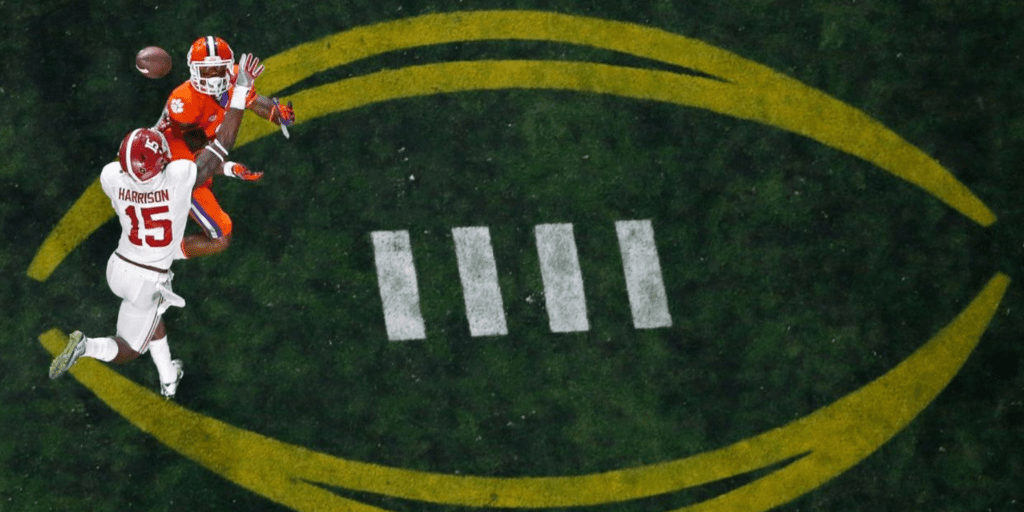
In a world of a four-team College Football Playoff, defeats tend to cost teams a little extra. However, they won’t be as costly when the field expands to include 12 teams. As UCLA, Ole Miss, and Syracuse all suffered their first losses recently, the undefeated ranks were thinned, to say the least. The good news is that by 2026, we’ll have a 12-team playoff in place. So, what would that projection look like?
The 12-Team Model Configuration
Back in August, College Football Playoff executives adopted an expansion model that includes automatic qualifiers to the six highest-ranked conference champions, as well as six at-large selections of the next six top-ranked teams.

Out of those, the four highest-ranked conference champions proceed to the second round (a.k.a. they receive byes for the first round). Independents are not eligible to get a bye. In addition to that, the four first-round games are played on the campus of the better-seeded team. There are six bowls that host the quarterfinals and semifinals on a rotation principle, with teams assigned to their leagues’ historic bowl affiliations.
The 12-Team College Football Playoff Projection
The at-large selections are not all undefeated, given that Wake Forest, Alabama, and Oregon advance into the College Football Playoff mock bracket despite suffering defeats. What’s more, the trio was added to the bracket over great teams like Oklahoma State, Illinois, and USC. That happened because the determining factor was the quality of losses.

Kansas State (vs. Tulane) and Illinois (Indiana) had the worst losses, while the Ducks (vs. Georgia), Crimson Tide (Tennessee), and Deacons (Clemson) lost on the road against Top 5 teams. Although Penn State had the best loss of those left out (at Michigan), the game was still a rout.
All in all, the current 12-team projection will likely change as the season progresses.